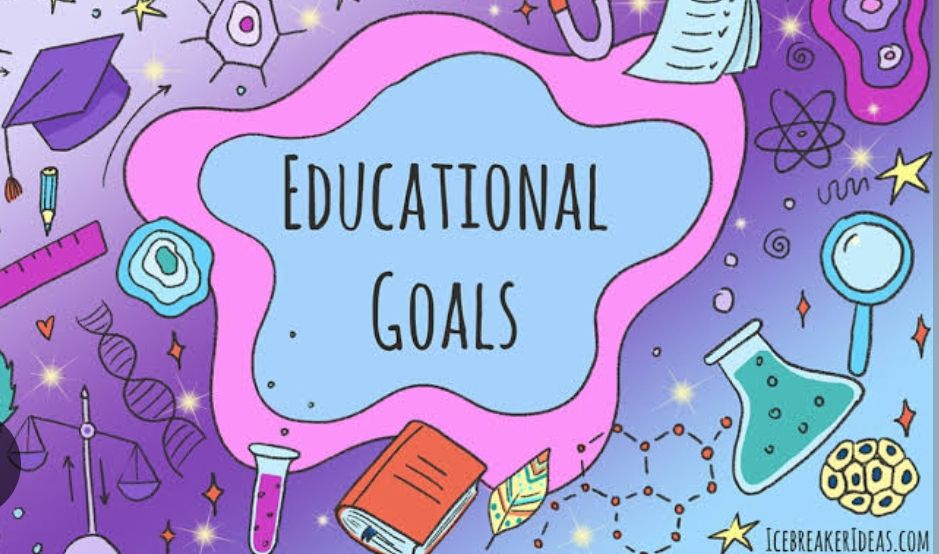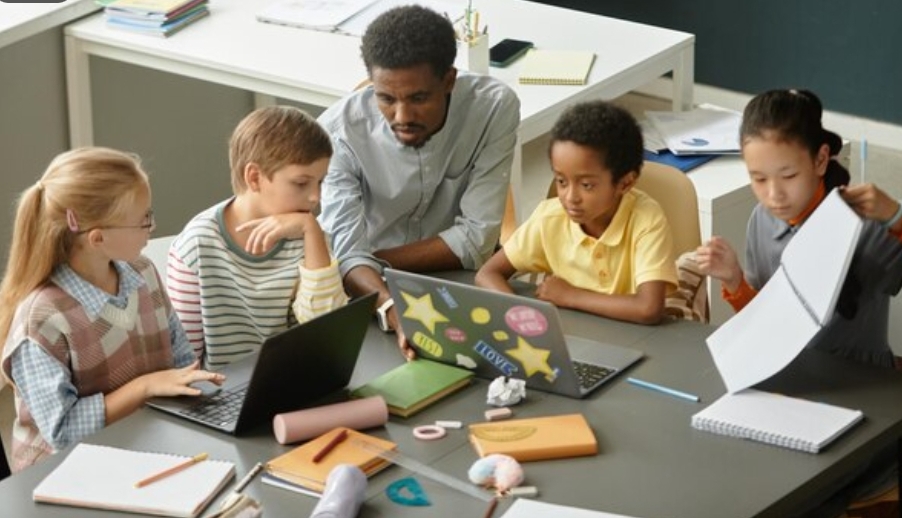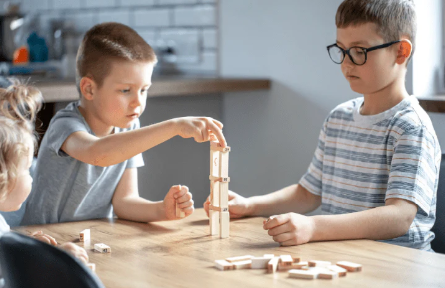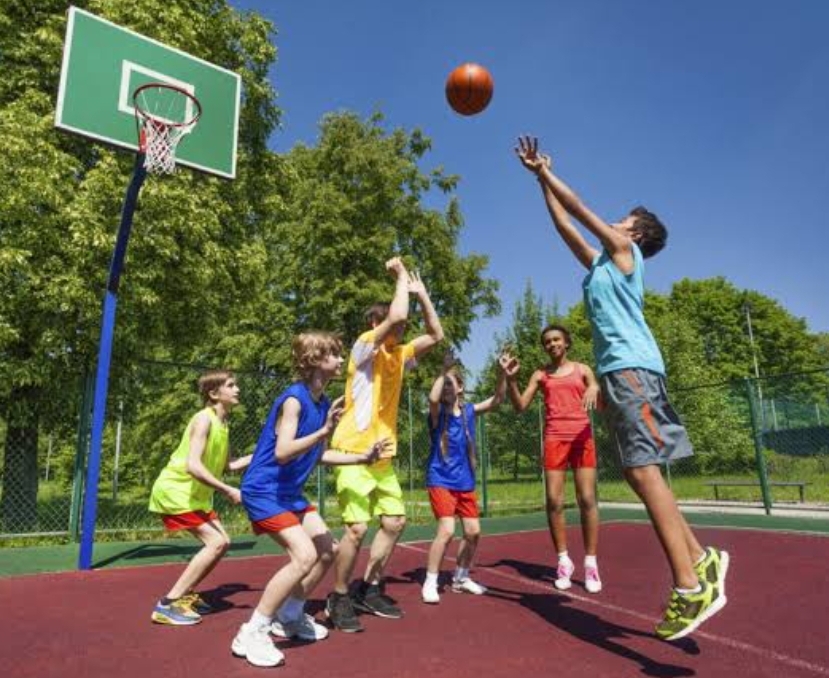
The dusty image of the traditional classroom – rows of desks facing a blackboard, a teacher dispensing knowledge in a one-way flow – is fading into the past. As the world hurtles towards an unknown future, the way we educate our children needs a revolution, not a renovation. Today, we embark on a thought-provoking journey, exploring some key goals for the future of education, a future where learning becomes an engaging exploration, not a monotonous chore.
1. Personalized Learning Pathways: Charting the Course for Individual Brilliance
Imagine a classroom where learning isn’t a rigid path but a branching network of possibilities. This is the essence of personalized learning. In the future, AI-powered tutors won’t be science fiction; they’ll be personalized guides, tailoring learning plans that cater to each student’s strengths, weaknesses, and interests. Interactive simulations will adapt to a student’s pace, offering targeted challenges or additional support as needed. Virtual reality experiences will replace static textbooks, transporting students to the heart of the Amazon rainforest or the bustling streets of ancient Rome. This personalized approach ensures that every student embarks on a learning journey designed to unlock their full potential, fostering a sense of ownership and excitement about their educational path.
2. Fostering Global Collaboration: Building Bridges Across Continents
The world is a tightly woven tapestry of cultures, and future education will reflect that. Imagine classrooms without borders, where students from bustling Tokyo collaborate with those in the serene Himalayas on a project to design sustainable cities. Video conferencing will become commonplace, allowing students to exchange ideas, debate solutions, and celebrate diverse perspectives in real-time. Online forums will buzz with discussions on global challenges, fostering empathy, cultural awareness, and the ability to navigate the complexities of an interconnected world. This global collaboration will prepare students to not just compete, but to thrive in a world where success hinges on understanding and working effectively with people from all walks of life.
3. Embracing Innovation and Technology: Tools to Ignite Curiosity, Not Just Distract
Technology is no longer an unwelcome visitor in the classroom; it’s a powerful tool waiting to be harnessed. Classrooms of the future will be equipped with cutting-edge technology that unlocks new learning possibilities. Imagine 3D-printed models that bring historical figures to life in stunning detail, allowing students to interact with the past in a tangible way. Augmented reality experiences will transform biology lessons, letting students explore the intricate workings of the human body from the inside out. Immersive virtual field trips will transport students to the bottom of the ocean or the peak of Mount Everest, all without leaving the classroom walls. Technology isn’t just about flashy gadgets; it’s about igniting a thirst for knowledge, empowering students to explore the world around them in ways never before possible.
4. Cultivating Critical Thinking and Problem-Solving Skills: Empowering Students to Become Architects of Their Own Learning
Rote memorization might have been the cornerstone of traditional education, but the future demands more. The focus will shift towards developing critical thinking and problem-solving skills. Imagine classrooms transformed into collaborative think tanks, where students tackle real-world challenges like designing earthquake-resistant buildings or formulating solutions to combat climate change. Data analysis will become a core skill, empowering students to sift through information, identify patterns, and defend their arguments with well-reasoned logic. Critical thinking isn’t about memorizing facts; it’s about questioning, analyzing, and developing innovative solutions. This equips students to become lifelong learners, adaptable to a world brimming with constant change.
5. Nurturing Creativity and Innovation: Unleashing the Inner Disruptor
The future belongs to the creative minds who can think outside the box. The education system of tomorrow will place a high value on fostering creativity and innovation. Imagine classrooms that encourage students to take risks, experiment with ideas, and express themselves through various mediums. Project-based learning will take center stage, where students collaborate on creating multimedia presentations, design solutions to local problems, or invent products that address real-world needs. Creativity isn’t just about finger painting; it’s about embracing new perspectives, challenging assumptions, and coming up with groundbreaking solutions. By nurturing these skills, we empower students to become the architects of positive change in the world around them.
6. Building Bridges with the Community: Blurring the Lines Between Classroom Walls and the Real World
Schools of the future won’t exist in isolation. They will become vibrant hubs woven into the fabric of the community. Imagine partnerships with local businesses, cultural institutions, and social service organizations, creating a dynamic learning ecosystem. Students could intern at local businesses, gaining valuable real-world experience. They could participate in community service projects, addressing local needs and fostering a sense of civic responsibility. They could learn traditional skills from cultural experts, appreciating the richness of their heritage. This community-based learning approach allows students to see the practical applications of their knowledge and become active contributors to a better tomorrow.
7. A Focus on Well-Being and Social-Emotional Learning: Nurturing the Whole Child
Education isn’t just about academic achievement; it’s about nurturing the whole child. The future classroom will prioritize mental and emotional well-being, integrating social-emotional learning (SEL) into the curriculum. Imagine mindfulness exercises that equip students with tools to manage stress and anxiety. Lessons on healthy relationships will foster empathy and effective communication skills. Opportunities for creative expression will allow students to explore their emotions and build self-confidence. By prioritizing well-being, we empower students to thrive not just academically, but personally and socially. This holistic approach ensures that students graduate with the emotional intelligence and resilience needed to navigate the complexities of life.
The future of education is brimming with exciting possibilities. By embracing these goals, we can create learning environments that ignite curiosity, cultivate critical thinking, and empower students to become not just knowledge consumers, but active participants in shaping a brighter tomorrow.
This is just the beginning of the conversation! Share your thoughts in the comments below. What are your hopes for the future of education? What innovative practices are you implementing in your classroom? Together, let’s keep the dialogue going and build a future where education empowers every student to reach their full potential!










